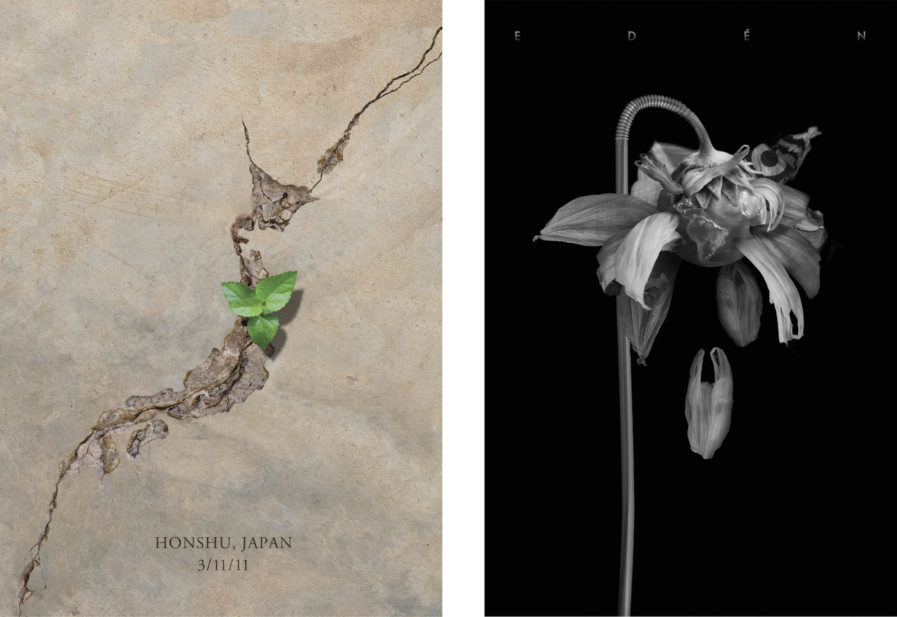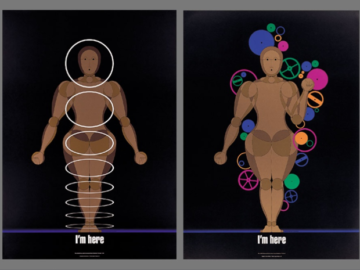It takes only a second to look at and take in the content of a poster, so you need it to be able to capture what you want to convey in a single striking image. Scott Laserow, a graphic and poster designer who blends traditional graphic design techniques with emerging technologies, has that down to a science. Since 2005, he has focused increasingly on political, social, and environmental posters, as both a design challenge and an instrument for social change. He also recently started exploring the relationship between interactive technology and its effects on traditional poster design. His new research includes looking into animated, augmented reality, as well as investigating interactive posters and how they engage a new generation. Most recently, Laserow published a book, along with co-author Natalia Delgado, on poster design entitled Making Posters: From Concept to Design.
His work “shows a broad range of diversity”, as mentioned by Hoon-Dong Chung, a graphic designer and associate professor at Dankook University, and as such his posters have “so many different charms.” Using minimalism alongside plenty of research into the issue his work is addressing, Laserow creates direct, impactful work that seems simple but is filled with hidden meanings that make you want to look closer.






